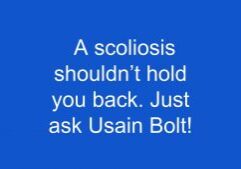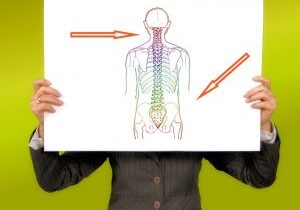Training Principles
28th September 2016
Prevent Injury Boom & Bust
14th March 2017Having pelvic pain can be debilitating. Pelvic pain (often termed pelvic girdle pain) is normally related to women of childbearing age, often during or after pregnancy.
It is common for many women to experience some pelvic pain during pregnancy and most resolve within weeks of giving birth. In a small group however, between 7-10%, the pain persists or gets worse and can significantly affect function and become disabling.
Over the years a lot of beliefs and theories around pelvic pain have developed, a lot of them unfounded and unhelpful for the sufferers which can help the problem persist.
Pregnancy related Pelvic Pain
During pregnancy, ligaments around the pelvis naturally become more lax to allow for the growth and development of a baby and for it to be delivered. One of the unhelpful beliefs that has developed is that these ‘lax ligaments’ are the cause of pain and joints become unstable or loose.
Some practitioners try to explain that joints can ‘move out of place’ ‘twist’, ‘up or down slip’ or ‘tilt’, and that they needs to be corrected. "Yikes!" Fortunately the reality is a little different. The laxity of ligaments is not a predictor of development of persistent pain.
The main problem with this belief is that it can often create a huge amount of fear and worry about causing further damage or making the problem worse.
This can lead you to not trusting your body and as a consequence of that and the pain, you begin to move differently. This develops unhelpful movement patterns which at the time you think are helping you, but actually can make things persist. It can create hyper vigilance where you become more alert to your body and are cautious much of the time.
This is understandably very frustrating for you and a vicious cycle can persist unless the truth, and a different approach is explained in a way that makes sense. The problem is not the bones or joints in the pelvis, but the soft tissue structures around the pelvis becoming highly sensitised, due to a number of factors. You could say the area becomes less tolerant to stretching, pressure and exercise. These sensitive structures can be made more sensitive by factors such as stress, anxiety or low mood, and lack of sleep.
As a new or recent Mum there are often natural increases in stress or worry. Common concerns can be about coping with and adapting to a change in your lifestyle and caring for a new baby, or coping with work and a baby.
This increase in stress can sensitise the nervous system which can make the structures around the pelvis more sensitive, causing a persistent cycle and people often feel trapped between the pain and not wanting to make things worse.
The problem with the old fashioned beliefs is they reinforce the fear about the problem instead of helping you understanding the real issues and factors at play which should help reduce fear and reduce pain.
Research shows that women who have a strong belief that the problem will resolve, do well and have a much lower chance of the problem becoming persistent.
Educating patients that during or after pregnancy the joints are NOT unstable and the body is not under threat is also very helpful to try and reduce the fear and stop the pain becoming persistent.
Giving people good ways to manage the stress load and manage body positions through the period of pregnancy, along with ways of keeping active and relaxed are very important to help stop the protective behaviours that can make things become persistent.
Encouraging people to trust their bodies, move and relax is very important to help people get back to the things that give them meaning like playing with their children, doing exercise or simply going for a walk.
Health care practitioners over many years have added to the problem by overcomplicating the topic. Perhaps a reason for this is the inability of scanning or investigations to find anything wrong.
Different groups have suggested management techniques aimed at ‘realigning the pelvis’ or ‘stabilising’ the pelvis. Clinical testing for these ‘malalignments’ are wholly inaccurate with huge discrepancies between different schools of thought and correlation to other findings. These simply add to the belief that the body part is at risk instead of it being strong, robust and resilient.
In reality, manual therapy is rarely helpful as nothing is ever ‘out of alignment’ but a good explanation and graded rehabilitation programme gets things back on track quite easily.
The understanding of pain has changed a lot over the last decade or so and is still evolving. It is more complex than simply what is happening in the body, but also what that person thinks is happening.
Movement is good for the body and there is no reason simple pelvic pain can’t improve or go away altogether. The story about pelvic pain needs to change and we have many happy customers who have achieved their goals and got back to normal function.
So forget the ‘upslips’ and ‘malalignments’ and give us a call so we can help you get back in control and back on track.










